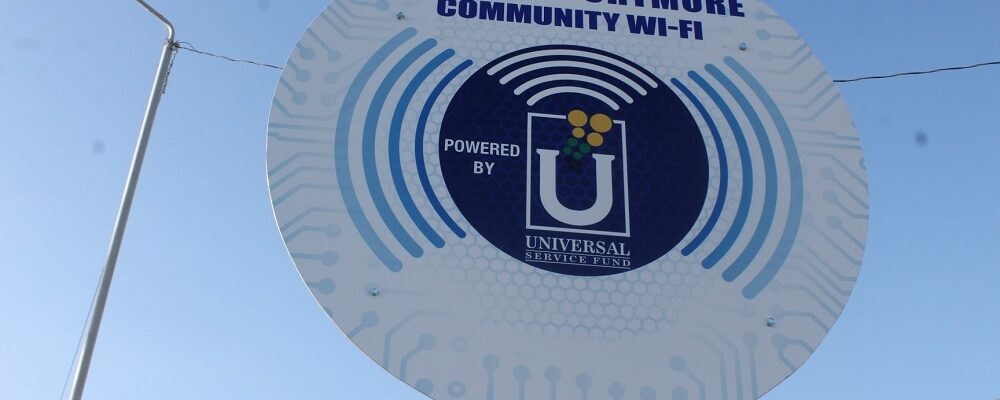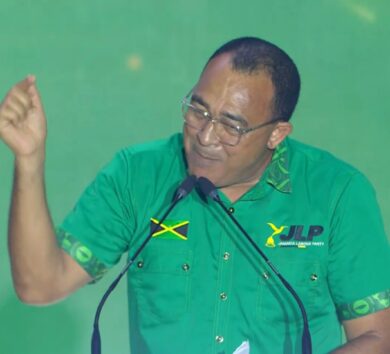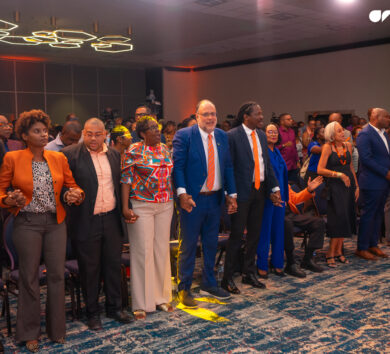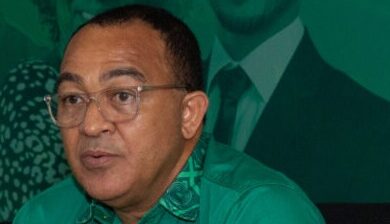

Seventeen-year-old Maria Burke (not her real name) should have been celebrating her Caribbean Secondary Education Certificate (CSEC) results with ease. Instead, she is still reflecting on the uphill battle it took to get there. With no internet access at home in rural Jamaica, Maria spent hours at her school’s library, piecing together assignments that her urban counterparts could finish at the click of a button.
Maria’s story is not unusual. Across Jamaica, particularly in rural communities, students and families are at a disadvantage because reliable internet access remains out of reach. On paper, Jamaica looks well connected, 85% of the population is online, according to Datareportal.com. But the numbers mask a stark imbalance. While urban internet usage hovers around 87%, rural connectivity lags behind at 77%. That gap translates into thousands of Marias across the island.
This is more than an inconvenience; it is a question of opportunity. A child’s access to the internet should not depend on their postal code.
The internet is not a luxury; it is the backbone of modern life. Students rely on it for research, online learning, and global exposure. Entrepreneurs need it to expand their businesses and tap into e-commerce. Patients in rural clinics benefit from telemedicine, where distance no longer dictates the quality of care. And with government services increasingly digitized, Jamaicans without connectivity risk being left behind by their own state.

In short, internet access is as fundamental as electricity or running water. Without it, communities cannot thrive.
So why does the divide persist? The answer is as much economic as it is geographic. Building fibre networks or towers in low-density areas is costly, and Jamaica’s mountainous terrain adds further difficulty. On top of that, even when service is available, families face the burden of high monthly fees and the cost of devices.
These barriers mean that rural Jamaicans, often the ones who could benefit most from the opportunities of the digital age, remain at the back of the line.
To its credit, the Universal Service Fund (USF) has made important strides since its establishment in 2005. Funded through a levy on inbound calls, the USF has rolled out broadband access to schools, libraries, and post offices, and created public Wi-Fi hotspots across town centres. It has also championed digital literacy, ensuring that more Jamaicans not only get connected but also know how to use the tools available.
These efforts deserve applause, but the reality is, they are not enough. The digital divide remains stubborn, and no single institution can close it alone.

Bridging the gap will require a national effort. The private sector must be incentivised to expand services into rural areas, even where the profit margins are slim. Non-Governmental Organisations and international partners can bring technical expertise and funding to accelerate projects. Community-based networks, renewable energy-powered hubs, and satellite solutions should be embraced as part of the toolkit. And perhaps most importantly, Jamaicans must be empowered with training and awareness so that when access is available, they can make full use of it.
The truth is simple: connectivity is development. Every day that Maria and thousands like her struggle to get online is another day Jamaica loses out on its full potential.
We cannot continue to accept that a child’s education, a patient’s health care, or a small business’s survival depends on whether fibre cables reach their district. Bridging the digital divide must be treated not as a side project, but as a national priority.
If we get this right, the next generation of Jamaicans will not just log on, they will lead, innovate, and thrive in a digital world.
Dionne Rose is a Communications Specialist, educator and blogger. Email:[email protected]







Comments